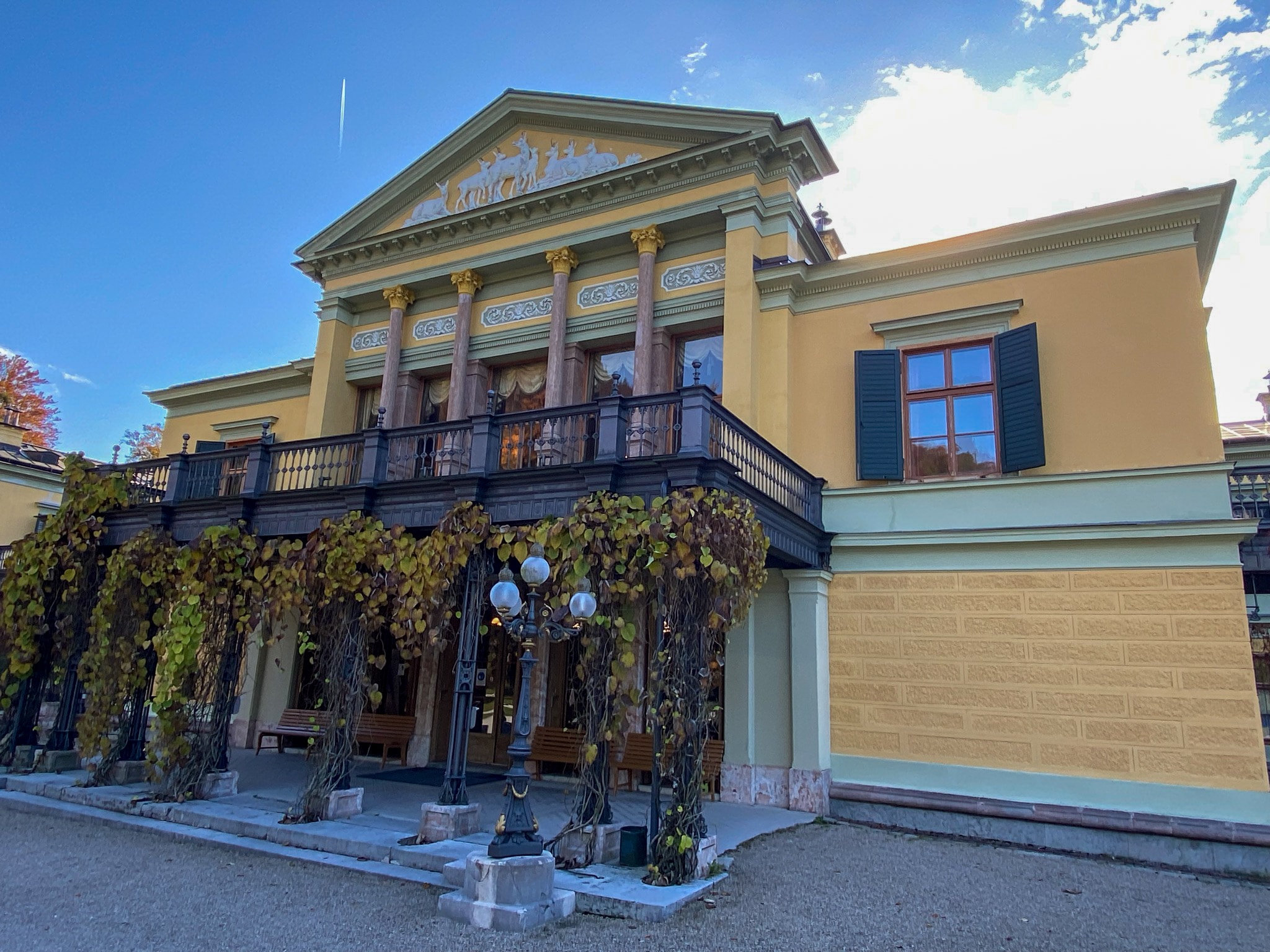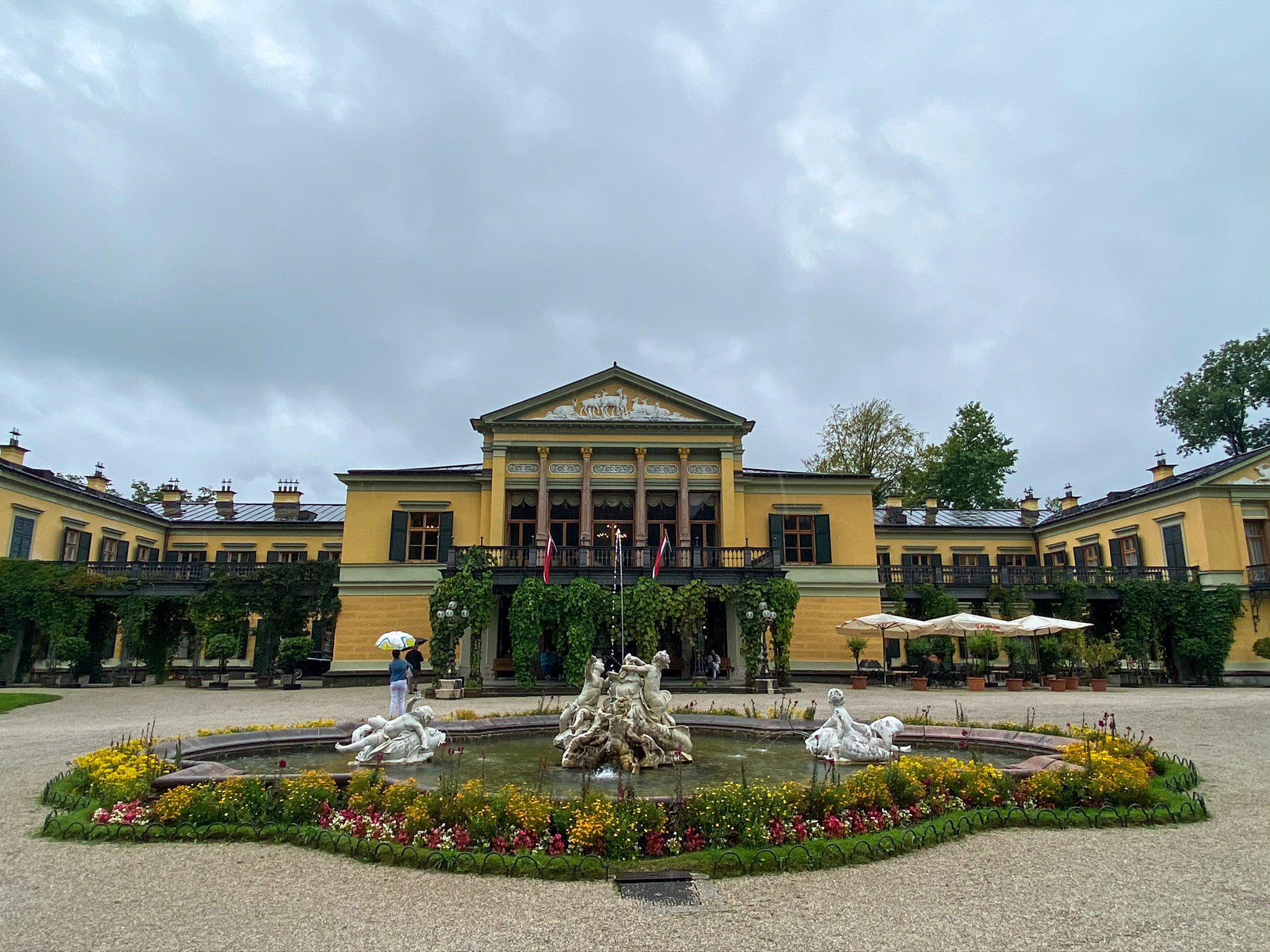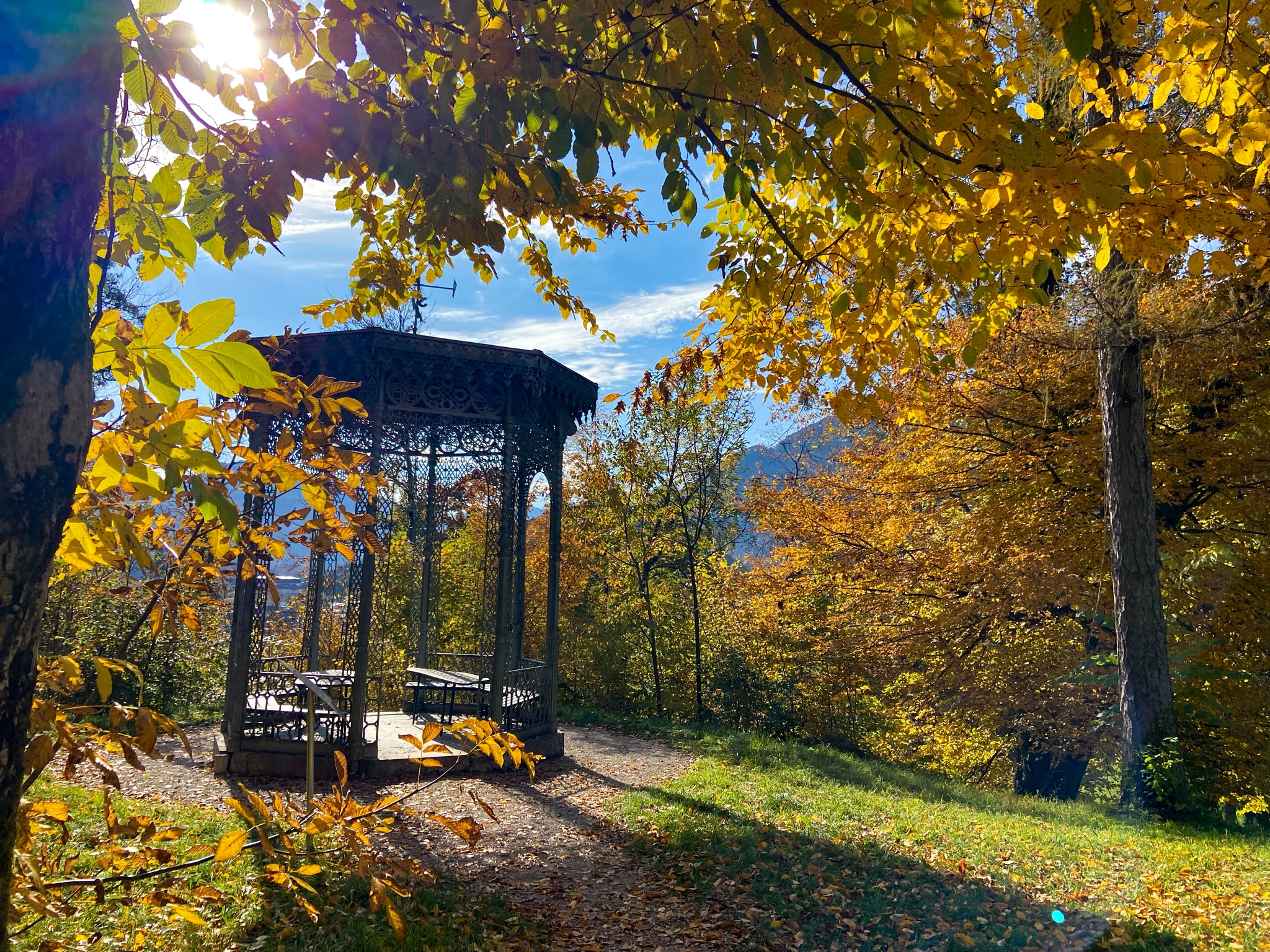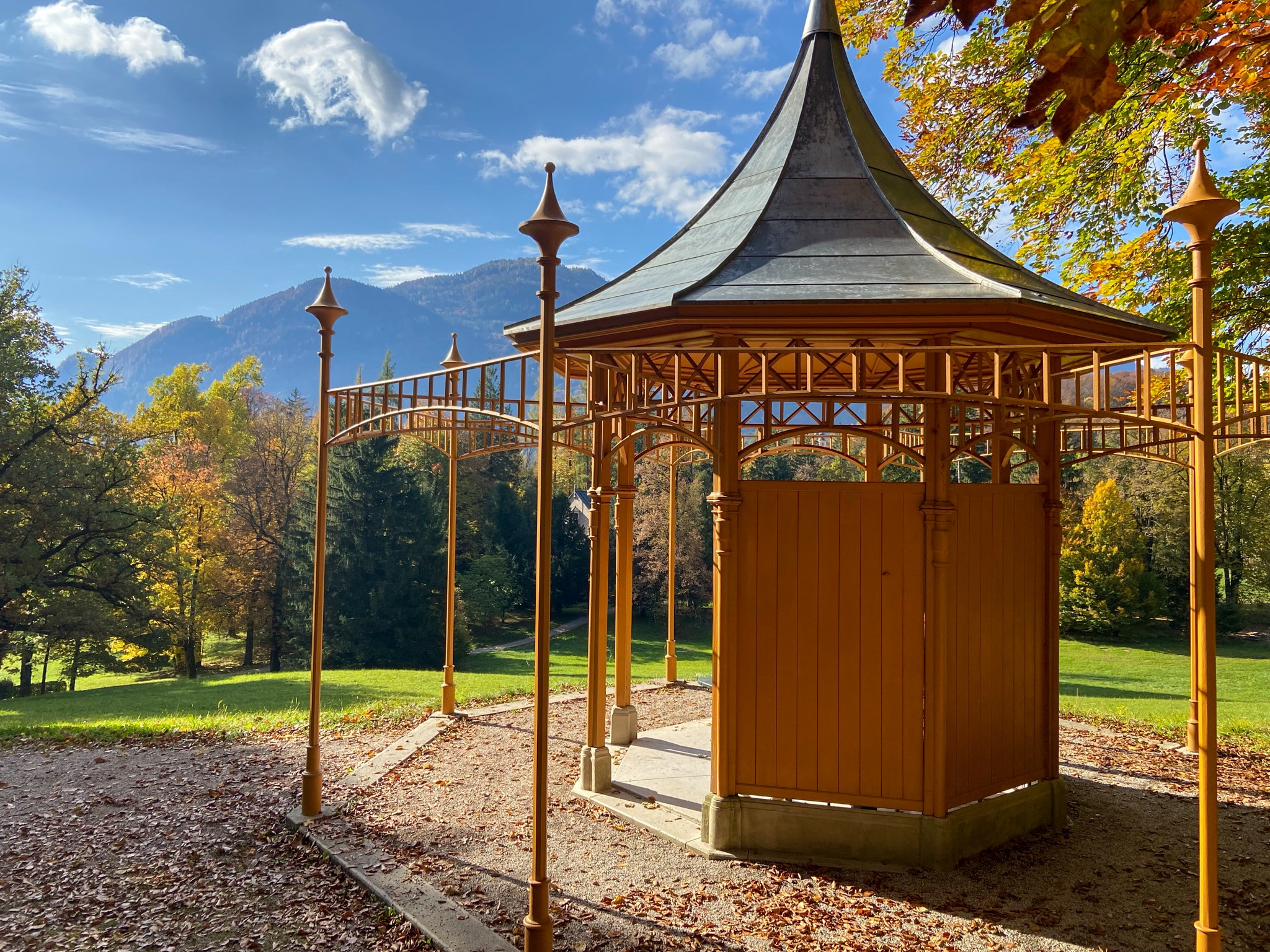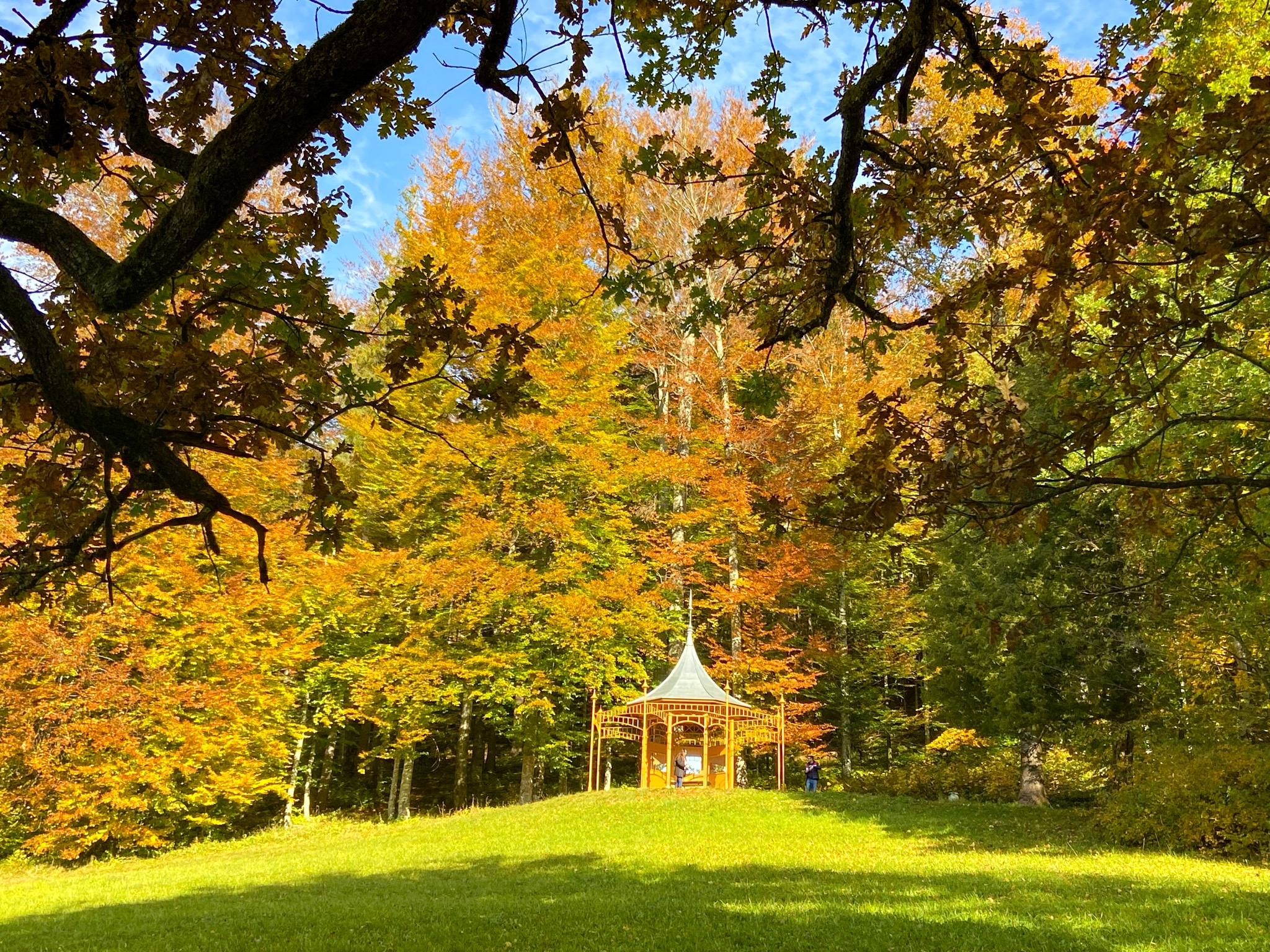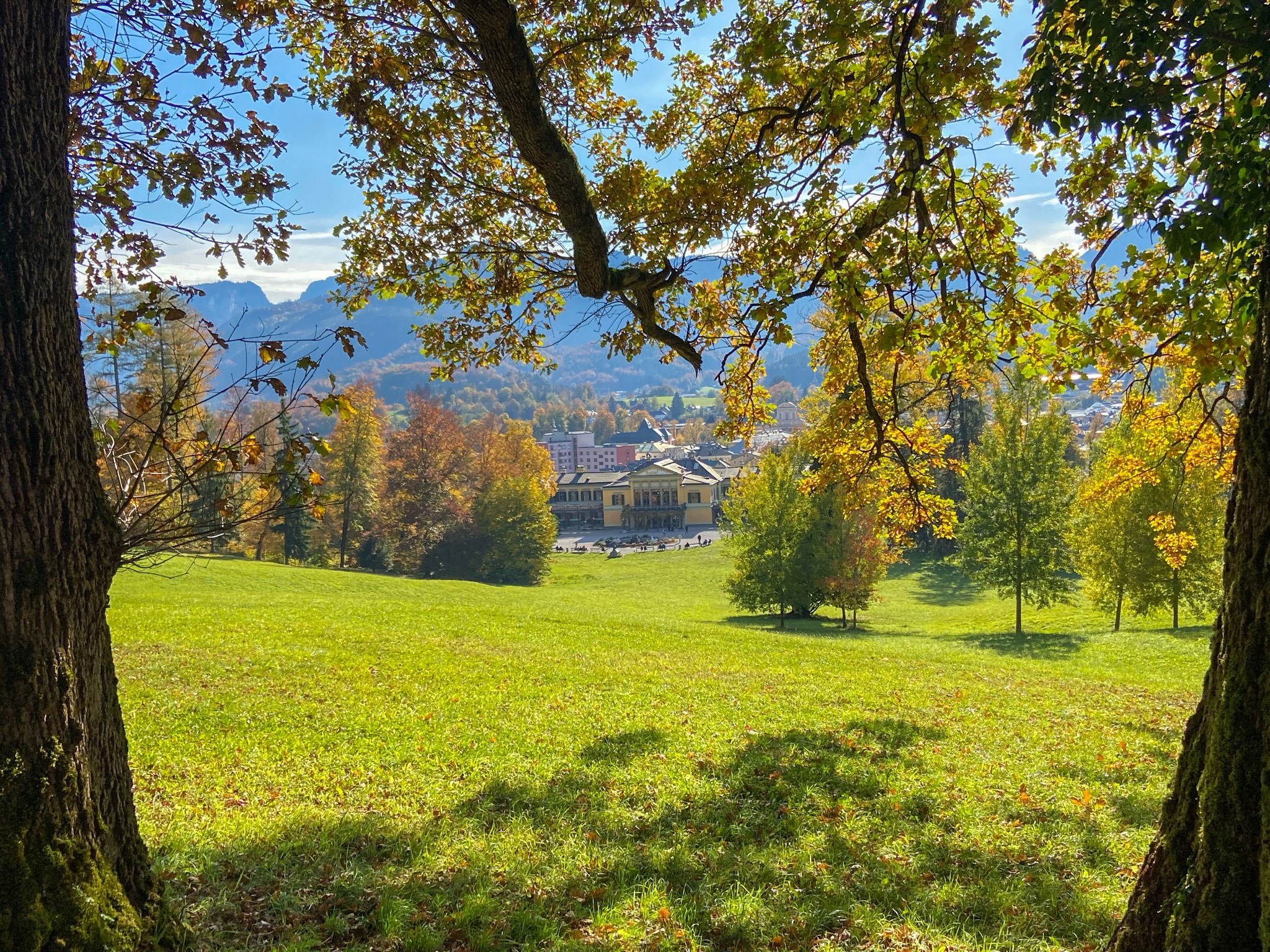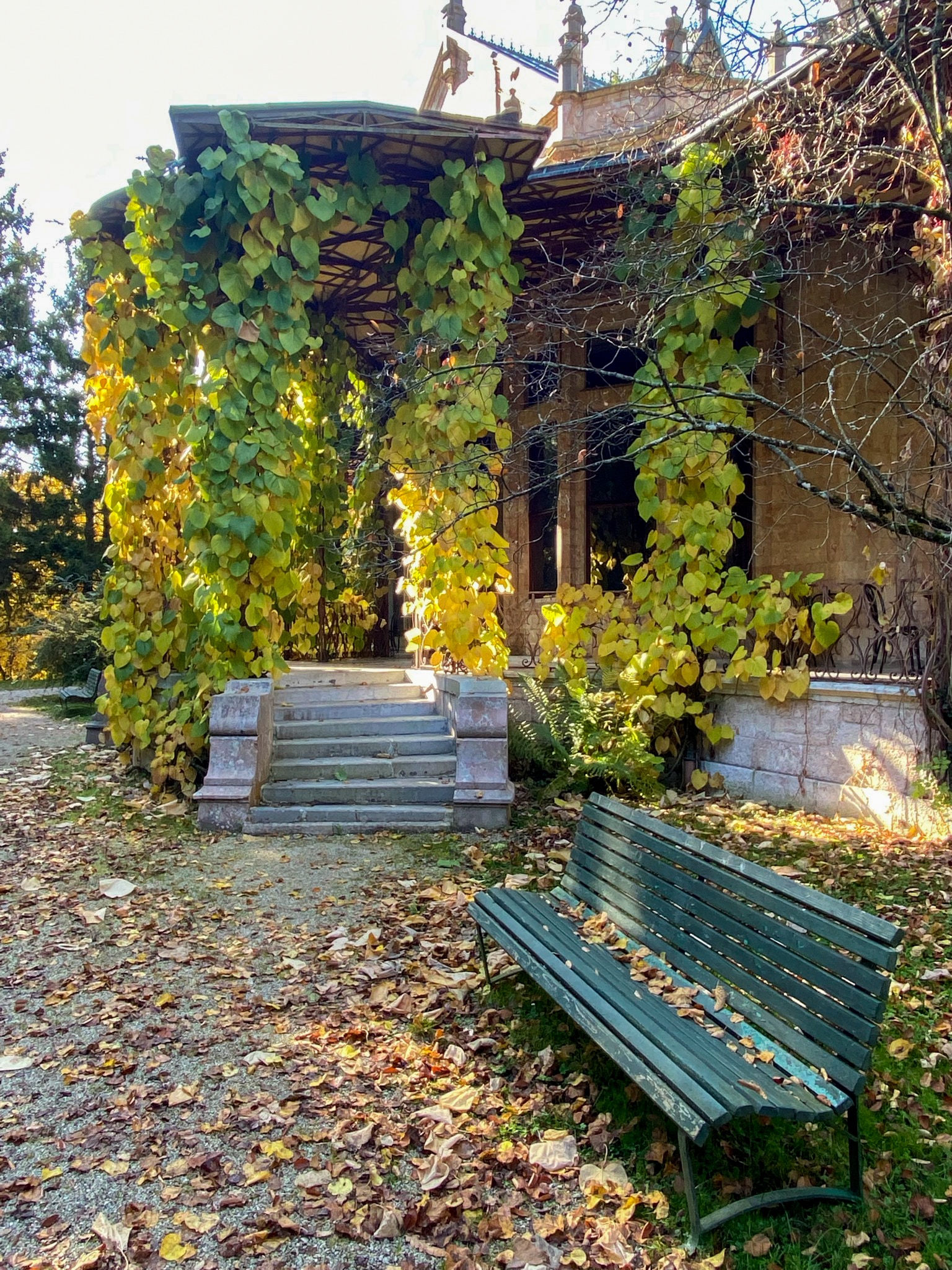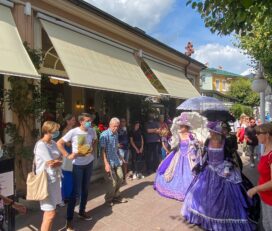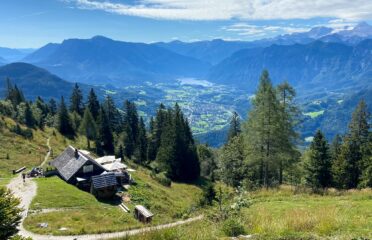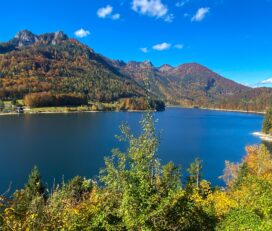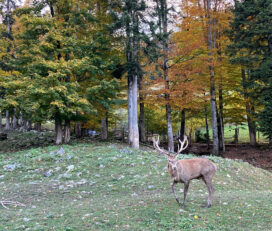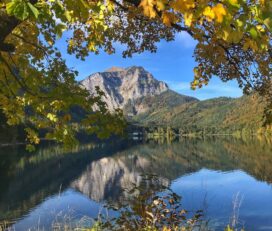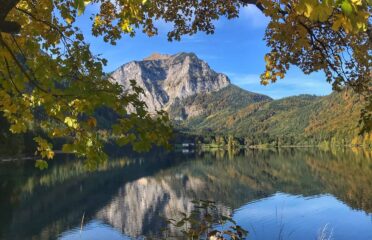Imperial Villa with Imperial Park: Imperial Charm in Bad Ischl
The Kaiservilla in Bad Ischl was the summer residence of Emperor Franz Joseph I and Empress Elisabeth (Sisi). Surrounded by a spacious Kaiserpark, the villa offers fascinating insights into the life of the Habsburgs. The Kaiservilla is now a museum that faithfully displays the living quarters of the imperial family, while the Imperial Park invites visitors to stroll and linger in picturesque nature.
Short info:
- Where is the Kaiservilla andand the Kaiserpark? In Bad IschlComing from the city, the Kaiserpark is entered via the well-preserved Kaiserbrücke, which spans the Ischl River.
- Does the park charge admission? Yes, there are different combinations depending on what you want to see. Here you can find all the information about Opening hours and prices.
- What is there to see in the Kaiservilla? It was here in the villa that Emperor Franz Josef signed the declaration of war on Serbia in 1914, which led to the First World War.
- Is the Kaiserpark worth visiting? Yes, it is really beautifully laid out and is ideal for walks.
The Kaiservilla is much more than a magnificent building – it embodies the imperial history of Austria and was the favorite retreat of Emperor Franz Joseph I and Empress Elisabeth, better known as Sisi. The villa was given to the imperial couple as a wedding gift and served as their summer residence from then on, where Franz Joseph even conducted many important state affairs. The magnificent building is embedded in the picturesque Kaiserpark, which invites you to take a walk with its spacious meadows and old trees.
Kaiservilla: Imperial Residence and Scene of History
On August 18, 2020, the 190th birthday of Emperor Franz Joseph I, we visited the Kaiservilla in Bad IschlIn this magnificent residence, the Emperor spent a total of 82 summers and celebrated 81 birthdaysDespite the historical significance of the villa and the special date, the number of visitors was rather low, which may have been due to the bad weather.
A visit to the Imperial Villa is only possible as part of a guide possible. We got a seat straight away, but the first disappointment was not long in coming: Photography is not allowed. Unfortunately, this meant that we were unable to capture the impressive interior. A particularly remarkable detail of the tour is the Desk, where Franz Joseph in 1914 declaration of war on Serbia signed – an event that marked the beginning of the World War I This historic moment makes the villa an important place in world history. The 50-minute tour offers many more exciting insights into the life of the imperial family.
Kaiserpark: A green refuge in Bad Ischl
The spacious Kaiserpark around the Imperial Villa is an equally fascinating part of the estate. On our first visit it was pouring with rain, but on a second visit in autumn we were able to enjoy the park in all its splendour. The park was built in 1853 by Archduchess Sophie, the mother of Franz Joseph, after the engagement of her son to Empress Elisabeth (Sisi). The property served as a wedding gift for the imperial couple.
The court gardener laid the park in landscape style and between 1855 and 1860 several striking buildings were built in the park, including the Cottage, the Spiegellusthaus and the Gloriette. After First World War The park was opened to the public and has been inviting visitors to take walks ever since.
A special highlight of the Kaiserpark is the Gloriette, which is located halfway up the park. This pavilion served as the engagement venue for the youngest daughter of the imperial couple. From the ascent to the Gloriette there is a wonderful view over the park. After an easy descent through the picturesque Eichenallee you can achieve this Marmorschlößl, another highlight of the park. The castle from red Untersberg marble was one of the favorite places of Empress Elisabeth and still exudes the charm of times gone by.





